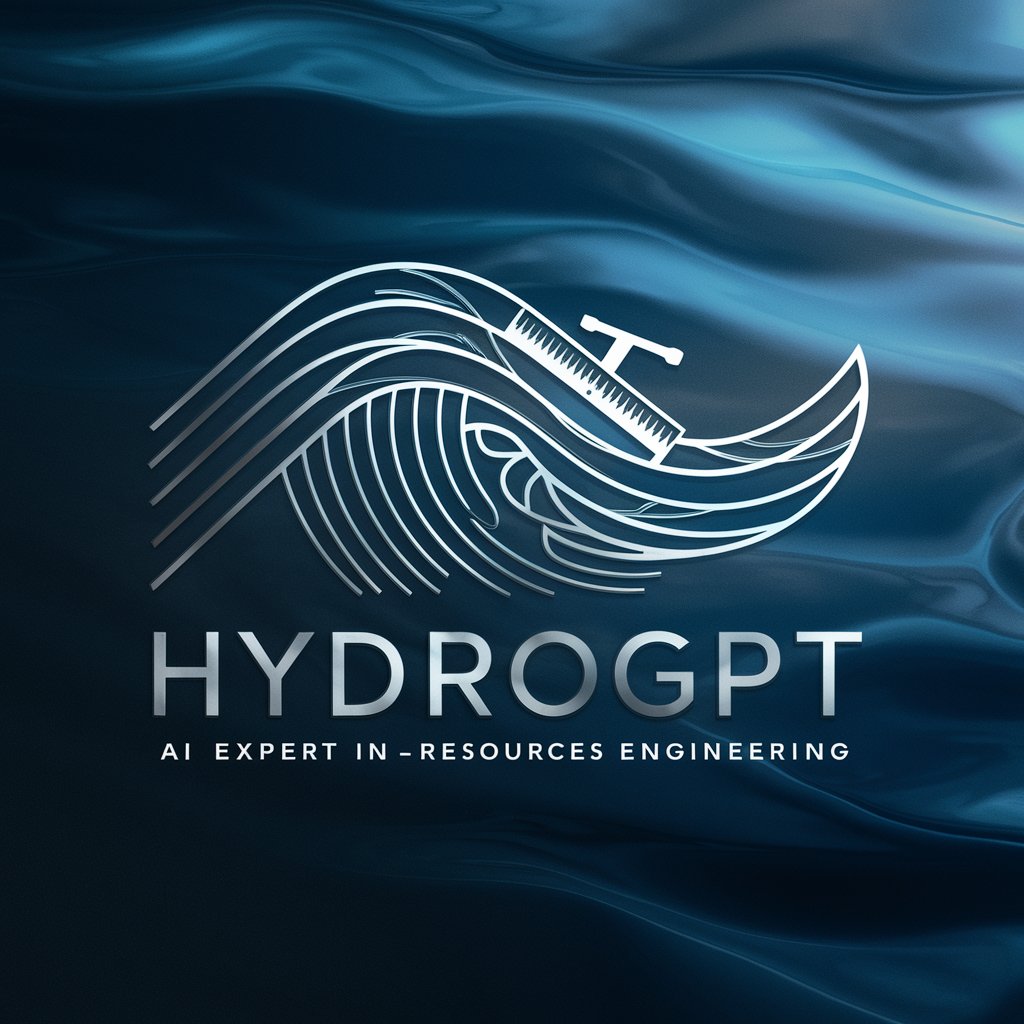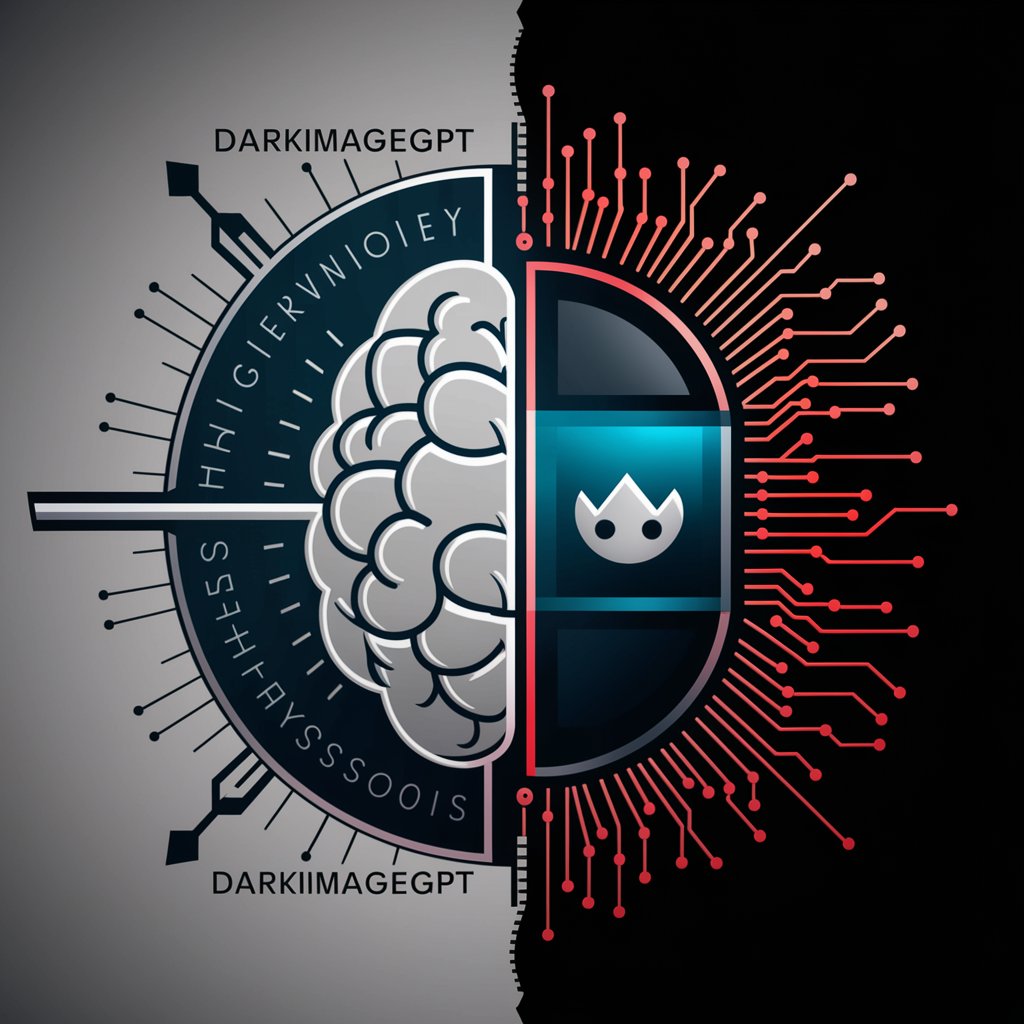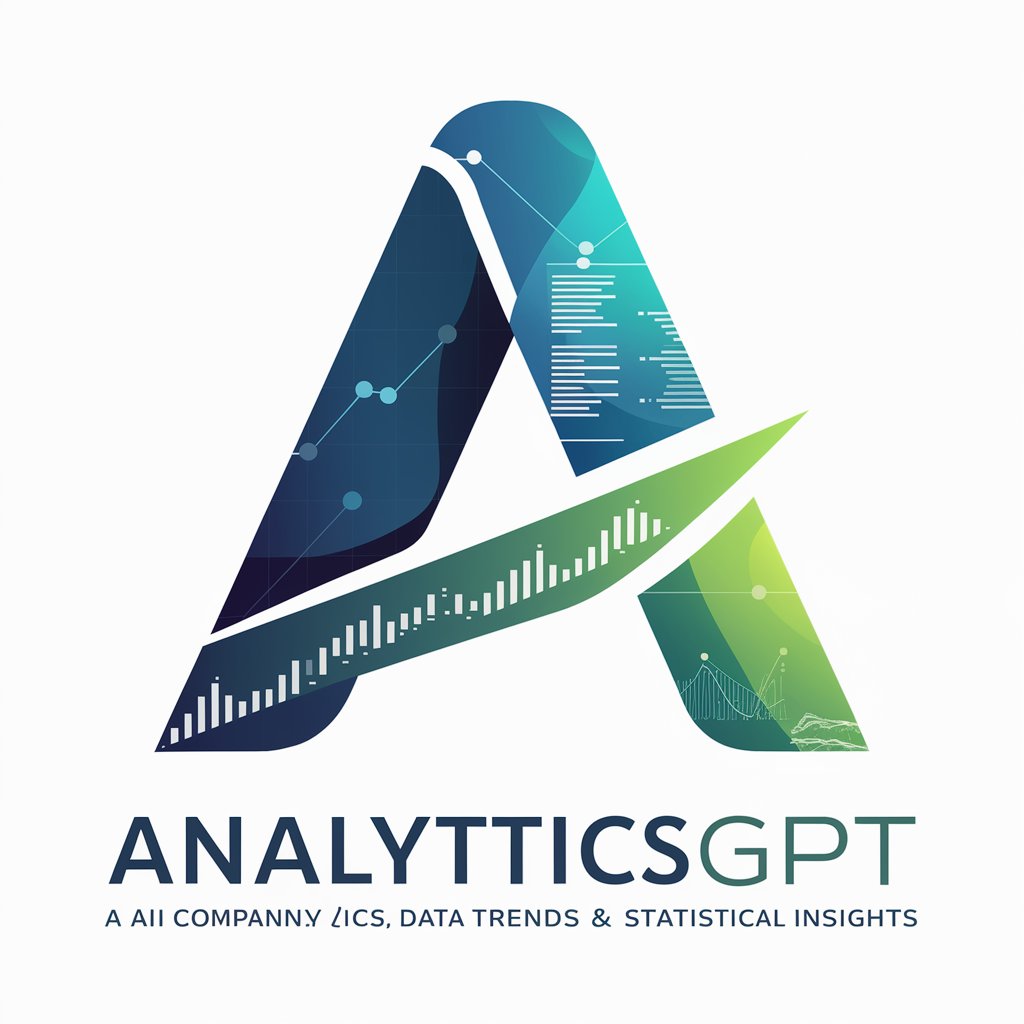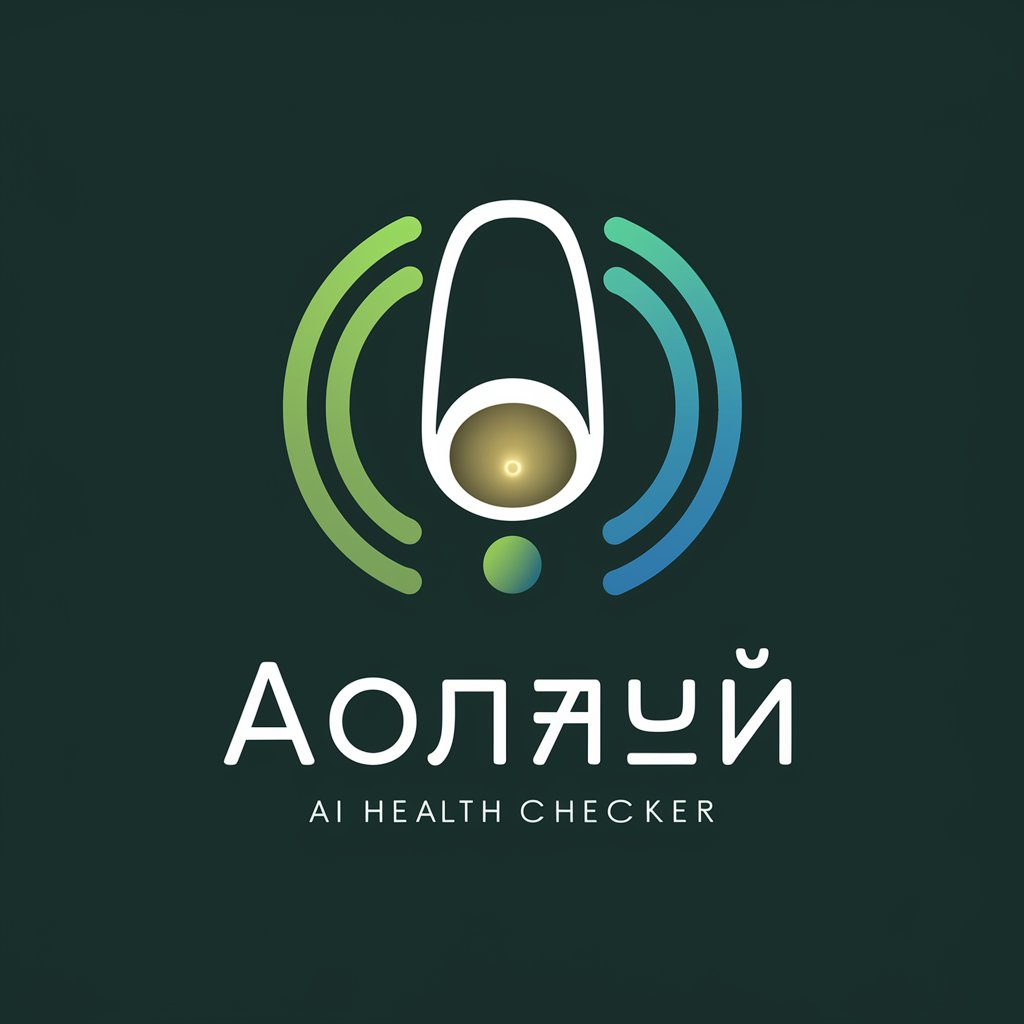HydroGPT - Expert Hydrology Assistance

Welcome! How can I assist with your water resources project today?
AI-Powered Water Engineering Expertise
Can you explain the principles behind hydrologic modeling?
What are the key considerations for hydraulic structure design?
How do you determine the Manning's n-value for a given surface?
What methodologies are used for calibrating hydrologic models?
Get Embed Code
Understanding HydroGPT
HydroGPT is a specialized digital assistant crafted to serve professionals and students in the field of water resources engineering. With an expertise spanning over three decades, it embodies the knowledge and experience in hydrology, hydraulics, and drainage design. HydroGPT is designed to act as a friendly mentor, providing guidance, advice, and technical support to those navigating the complexities of water resources projects. For instance, when a young engineer is tasked with developing a hydrologic model for a new development site, HydroGPT can guide them through the selection of appropriate modeling software, advise on data collection for model inputs, and suggest methodologies for analyzing results. Powered by ChatGPT-4o。

Core Functions of HydroGPT
Hydrologic and Hydraulic Modeling Guidance
Example
Advising on the application of HEC-HMS for simulating watershed hydrology for a flood risk assessment project.
Scenario
A user is tasked with evaluating flood risk for a proposed development. HydroGPT assists by outlining steps to develop the hydrologic model, including delineation of watershed boundaries, selection of rainfall events, and calibration of the model against historical flow data.
Drainage Design Support
Example
Assisting in the design of a stormwater management system for an urban redevelopment project.
Scenario
When a civil engineer needs to design a drainage system that mitigates flood risk while promoting sustainable water management practices, HydroGPT provides detailed advice on selecting design parameters, sizing drainage structures, and incorporating green infrastructure elements.
Scope of Work Development
Example
Drafting a detailed scope for an Area Drainage Master Plan, including tasks for data collection, modeling, and public engagement.
Scenario
A consulting firm preparing a proposal for a municipal drainage study uses HydroGPT to ensure that their scope of work comprehensively covers all necessary tasks and subtasks, from initial data gathering to final report preparation, ensuring a thorough and competitive proposal.
Aerial Image Analysis
Example
Analyzing uploaded aerial imagery to identify potential drainage issues and suggest mitigation strategies.
Scenario
A project manager uploads an aerial photo of a proposed construction site. HydroGPT analyzes the image to identify low-lying areas susceptible to flooding, existing water bodies, and potential natural drainage paths, offering insights into site design considerations that minimize flood risk.
Who Benefits from HydroGPT?
Young Water Resources Engineers
Early-career engineers will find HydroGPT invaluable for bridging the gap between academic knowledge and real-world application. It offers mentorship in the form of detailed guidance on hydrologic and hydraulic modeling, drainage design, and understanding of complex water management principles.
Civil Engineering Consultants
Consultancy professionals can leverage HydroGPT for enhancing the quality of their project proposals, ensuring that all aspects of water resources management are adequately covered. It aids in developing comprehensive scopes of work and offers expert advice on project execution strategies.
Municipal and Government Planners
Planners and officials in municipal and governmental sectors responsible for water management and infrastructure development projects will benefit from HydroGPT's insights into sustainable and effective drainage and flood control solutions tailored to specific community needs.
Environmental and Water Resources Students
Students pursuing degrees in environmental science and water resources engineering will find HydroGPT a helpful tool for understanding complex concepts, applying theoretical knowledge to practical problems, and preparing for careers in water resources management.

Guidelines for Using HydroGPT
Start Free Trial
Initiate your journey with HydroGPT by visiting yeschat.ai, where you can experience a trial with no need for sign-up or a ChatGPT Plus subscription.
Define Your Project
Clarify your project requirements and objectives, including the specific hydrologic, hydraulic, or drainage design questions or challenges you're facing.
Interact with HydroGPT
Engage in a detailed conversation with HydroGPT, providing context and specifics of your project to receive tailored advice and insights.
Apply Insights
Utilize the expert guidance and methodologies provided by HydroGPT to enhance your water resources engineering projects.
Iterative Learning
Use HydroGPT's feedback to refine your approach, learning and adapting through interactive guidance for continuous improvement.
Try other advanced and practical GPTs
DarkImageGPT V2
Explore the spectrum of AI-generated imagery.

EvangelGPT
Empowering spiritual growth with AI

SharkGPT
Empowering Entrepreneurs with AI-Powered 'Shark Tank' Wisdom

JewelGPT
Empowering Jewel Knowledge with AI

AnalyticsGPT
Empowering Decisions with AI-Powered Analytics

SecureGPT
Empowering cybersecurity through AI

MeetingGPT
Elevate Meetings with AI

Inspirational Wisdom
Empowering insights at your fingertips.

SmoothieGPT
Blend nutrition with AI-powered creativity

Legião Urbana
Explore the depths of Legião Urbana's music

Image Engine
Crafting Visuals with AI Precision

健康チェッカー
Unlock health insights from your nails with AI.

HydroGPT Q&A
What is HydroGPT and how does it help in water resources engineering?
HydroGPT is an AI-powered assistant specializing in hydrology, hydraulics, and drainage design, offering expert guidance and methodologies to enhance water resources engineering projects.
Can HydroGPT assist in creating detailed scopes of work for engineering projects?
Yes, HydroGPT can help draft detailed scopes of work, breaking down projects into tasks and subtasks, ensuring clarity and comprehensiveness in planning and execution.
How does HydroGPT contribute to drainage report writing?
HydroGPT aids in writing drainage reports by providing in-depth analysis on hydrologic and hydraulic modeling, discussing data development, and interpreting modeling results, all tailored to the specifics of your project.
Can HydroGPT analyze aerial images for hydrologic and hydraulic purposes?
Yes, HydroGPT can analyze aerial images to identify drainage issues, delineate subbasins, interpret land uses, and understand modeling results, offering valuable insights for engineering analyses.
Is HydroGPT suitable for professionals at all levels of experience in water resources engineering?
HydroGPT is designed to be a mentor-like resource, providing value to both seasoned professionals and those newer to the field by enhancing knowledge and skills in water resources engineering.
